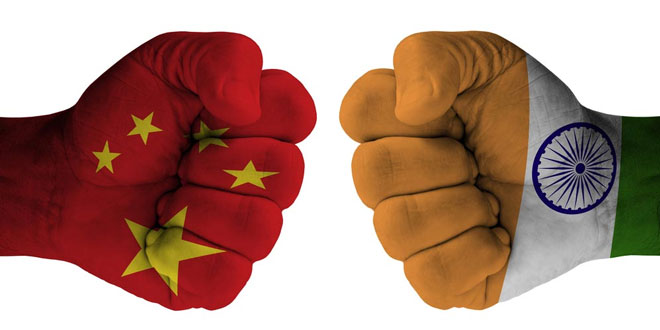Indian Army to Procure Pup Tents for Troops Guarding China Border
Considering the tense confrontation with China, the Indian Army aims to procure specially designed insulated ‘pup tents’ to shelter the numerous soldiers posted along the freezing Line of Actual Control frontier where the mercury can dip to minus 50 degree Celsius. These portable personal shelters intend to equip troops to operate optimally despite the extreme cold climate seen at high-altitude deployments.
Requirements to Replace Current Shelters
A released project requirements document invites private sector feedback and samples for lightweight 4-person ‘pup tents’ to substitute existing 2-3 man variants having performance limitations impacting productivity and safety.
Over 50,000 Indian troops have been stationed on icy Himalayan heights post standoffs with China. Habitability factors critically influence effectiveness.
Key Features and Deployment Utility
Desired specifications include:
- Exceptional thermal and weather protection properties adjustable across seasons
- Compact, portable design for patrolling troops without compromising space
- Quick assembly aided through color-coding even in darkness or storms
- Durable construction to withstand gale winds and heavy snow
Unlike older rigid structures, smaller self-contained tents allow flexibility in base camp locations and border observation/listening post establishment.
Assessing Submitted Solutions
The Army will inspect supplied models on criteria alignment and conduct intense winter user trials expected next month.
Promising platforms will undergo further enhancements customizing for specialized region-specific utilization.
Significance of Procurement
The acquisition underscores the priority on forward deployment welfare by providing modern creature comforts using innovative technology. This equips frontline sentinels to concentrate fully on the territorial security task at hand without environmental distractions.
About LAC
- The Line of Actual Control (LAC) is the demarcation that divides the Indian and Chinese controlled territories, with differing perceptions from India and China on the exact length of this boundary.
- The LAC is divided into the western, middle and eastern sectors, with the major disagreements occurring in the western Ladakh area.
- China first proposed the concept of a Line of Actual Control in 1959 which was rejected by India until 1993 when India formally accepted the LAC under an agreement recognizing the existing control line.
- The alignment of the LAC differs from the rival territorial claim lines of India and China, and it serves more as a de facto working boundary rather than a formally settle international border.
- India and China have exchanged maps only for the middle sector of the LAC, while discussions on clarifying the western and eastern portions have stalled since 2002 without agreement.
- The LAC does not have equivalent legal status or ground demarcation compared to the mutually delineated Line of Control between India and Pakistan.
- Legacy issues from undefined colonial era boundaries between British India and the princely state of Jammu and Kashmir have contributed to the Western Sector LAC ambiguities.
Month: Current Affairs - January, 2024
Category: Defence Current Affairs



